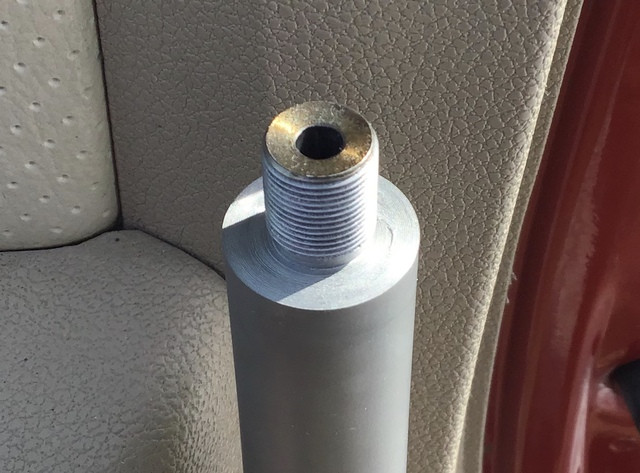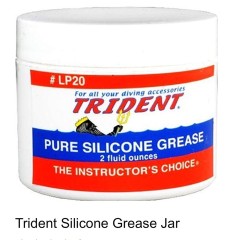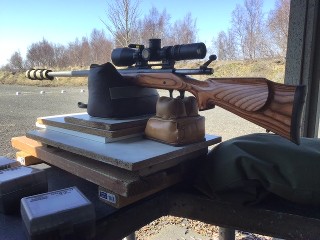A friend of mine got his 419 stuck pretty good on his barrel. Used some Kroil and a good bit of wrench to break loose. Looking at the barrel threads, I could see a very slight amount of galling but he said it was that way from the start. We cleaned up the threads and reinstalled the 419 with some Birchwood Casey's Choke Tube Lube (he's a shotgunner too and had some on hand) and it appears accuracy was not affected.
I've always relied on ultra clean threads and never had a problem. But, now I'm thinking of using some form of AS compound. Some have suggested the Birchwood Casey's Choke Tube Lube (aluminum graphite mix) and some have suggested grease of one type or the other and others automotive AS compound. I think any should be fine; I've just never felt the need. But, after this, I believe it might be a little insurance against a sticky situation.
I appreciate your input. FR
I've always relied on ultra clean threads and never had a problem. But, now I'm thinking of using some form of AS compound. Some have suggested the Birchwood Casey's Choke Tube Lube (aluminum graphite mix) and some have suggested grease of one type or the other and others automotive AS compound. I think any should be fine; I've just never felt the need. But, after this, I believe it might be a little insurance against a sticky situation.
I appreciate your input. FR



